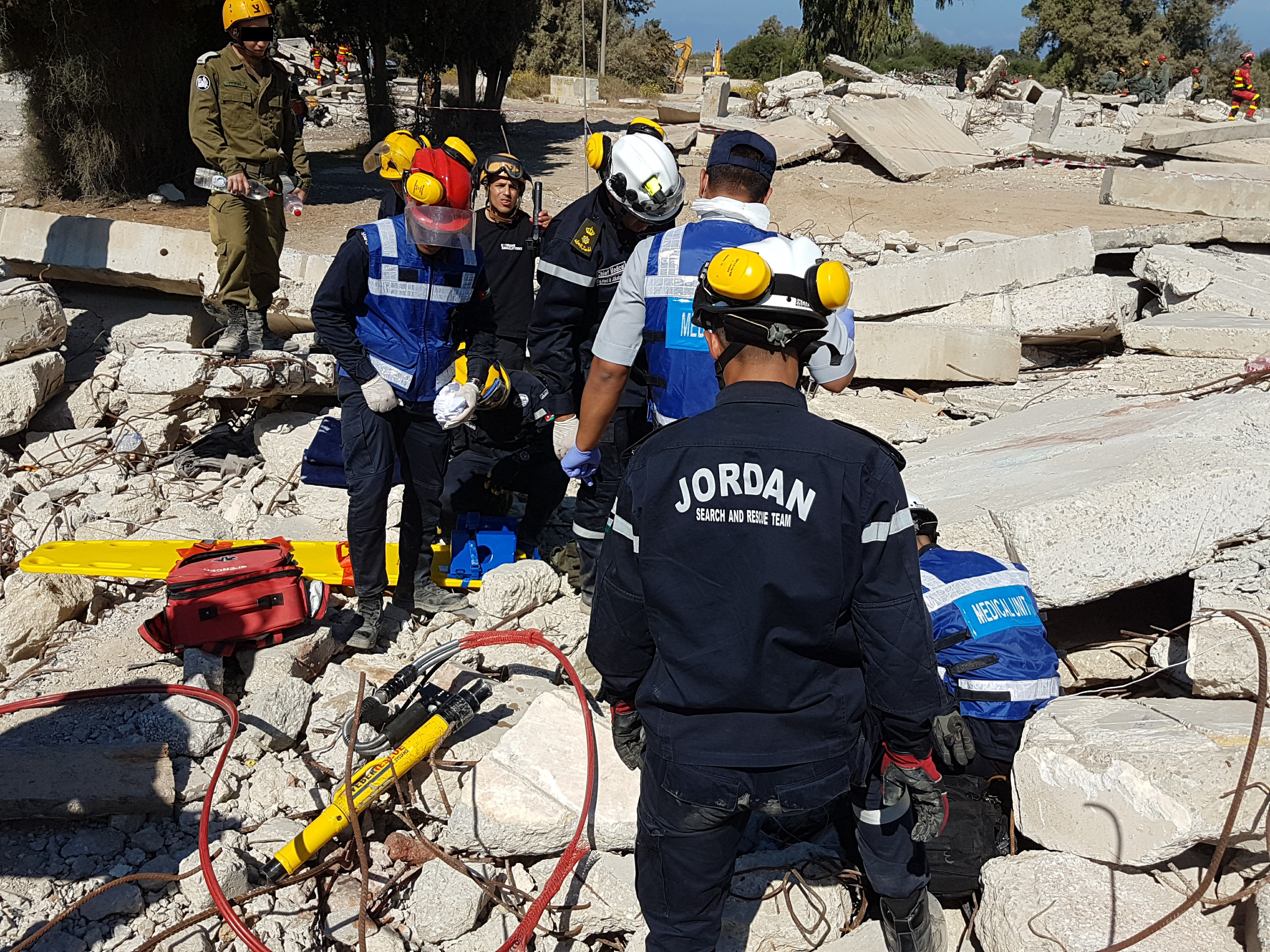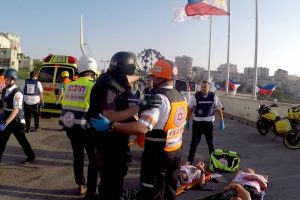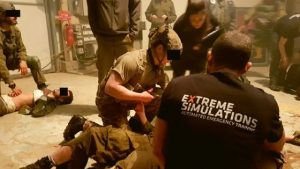Is there a problem if you’re not using realistic mannequins in disaster area training?
Extreme Simulations has provided hundreds of disaster areas, and search and rescue drills. We noticed that in many of them the clients use unrealistic rescue mannequins. These are unrealistic in their looks, feel, volume, density, and weight.

How is that an issue?
The rescuers do not perceive the mannequins as life-like. This resulted in several crucial training faults. Among them, we mention:
- The mannequins were not protected during the rescue process
- Trainees did not put earplugs on the mannequins
- Trainees did not put protection glasses on the mannequins
- Trainees did not cover mannequins to protect them
- Trainees did not perform any medical treatment on the mannequins
- The casualties (unrealistic mannequins) were not evacuated from the scene according to the rescue protocol
Looking at the list above, you may be wondering, so how was that training efficient? Did the trainees learn anything new, were they challenged in any way?
Simply put, the rescuers treated the mannequins as training tools instead of human beings. As a result, they performed actions that not only didn’t help save the patient but could kill or injure a wounded person in a real-life situation!

You now understand why using realistic mannequins is crucial for the success of a training session.
If they look and feel like a human casualty, the trainees will perceive them accordingly. Realistic mannequins put forward challenges that an unrealistic mannequin will never present. Thus, the entire training is much more credible and provides meaningful lessons.
Advantages of using realistic disaster mannequins
- They prevent false simulation of an extreme incident
- Avoids the appearance of the pick and run phenomenon (which means that rescuers are dealing only with the rescue of the mannequin and not with the treatment)
- Makes rescuers protect and treat the mannequins as humans, NOT as tools
- Intensify the feeling of competence
- Highly improve the chances that in a real-life event the trainees will act the same as in a realistic training
- Enhance the credibility of the event
- It forces the rescuers to practice decision making, since the realistic mannequins look, feel and behave like real humans/patients: they have unique medical conditions, a specific age and specific rescue challenges.

Book a hyper-realistic training session in your area now
The best extreme events training sessions occur when you have access to professional knowledge, proper simulation equipment, and state-of-the-art methodologies.
GET IN TOUCH
Contact Extreme Simulations now to book a complete training session





